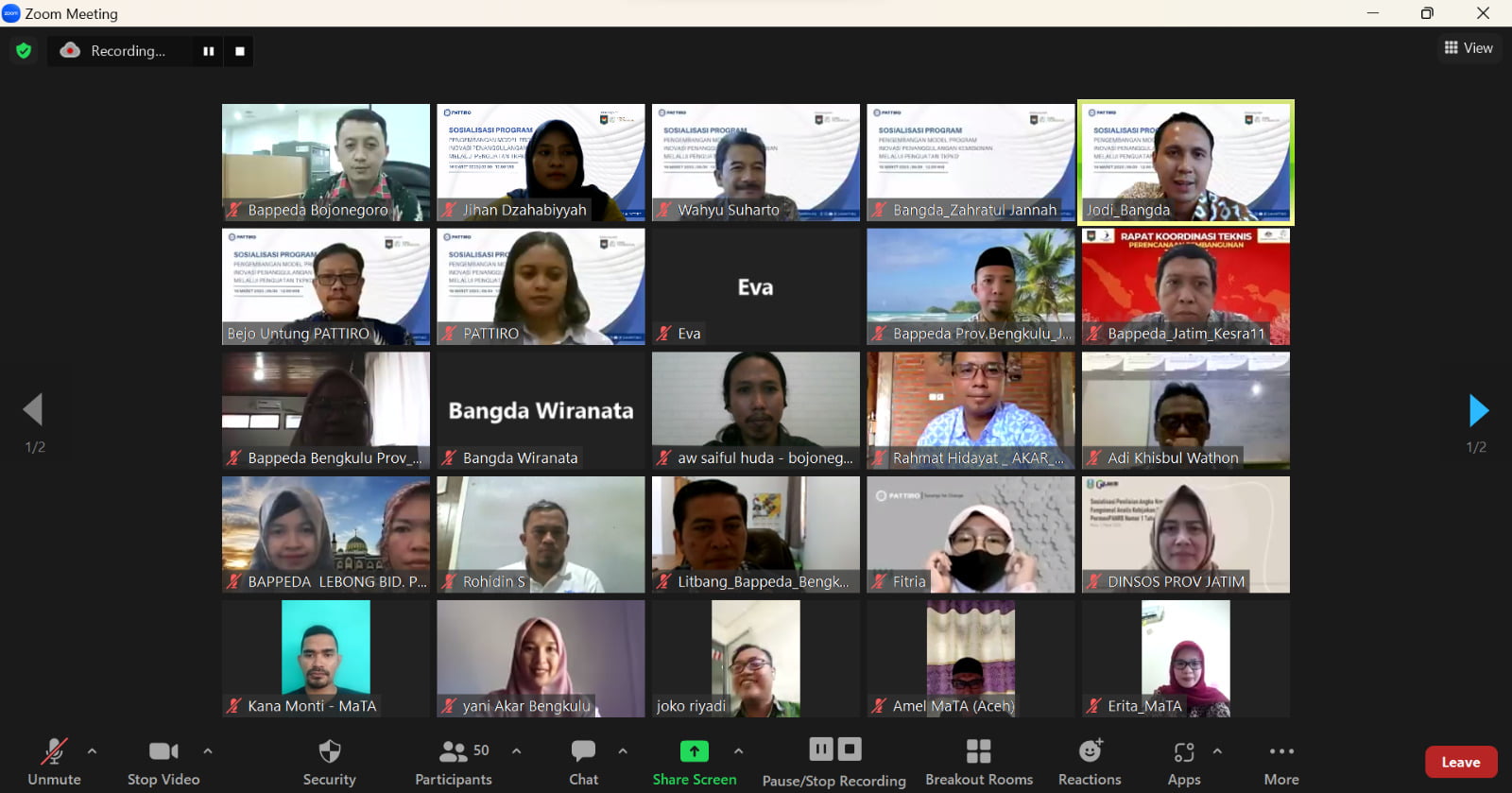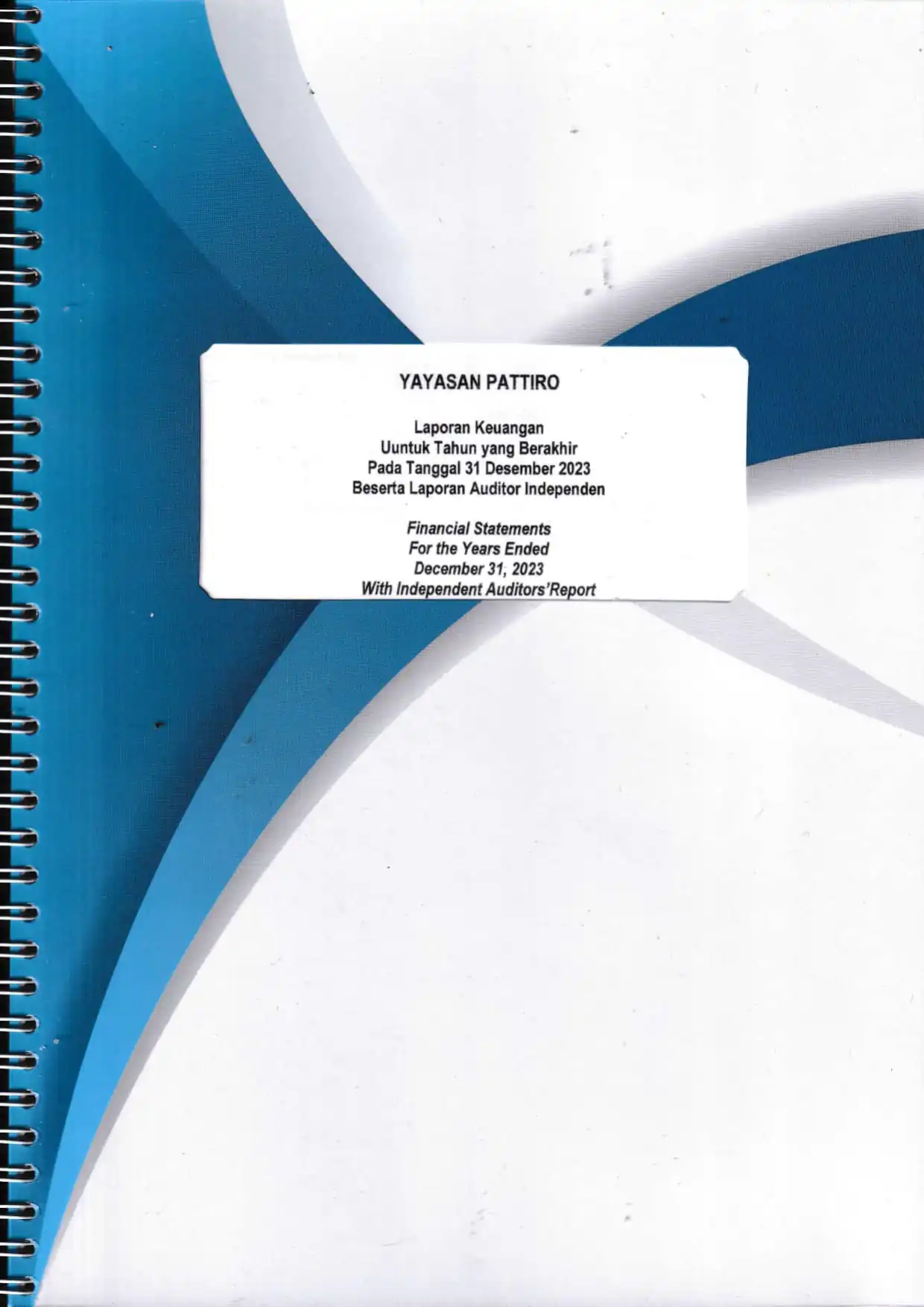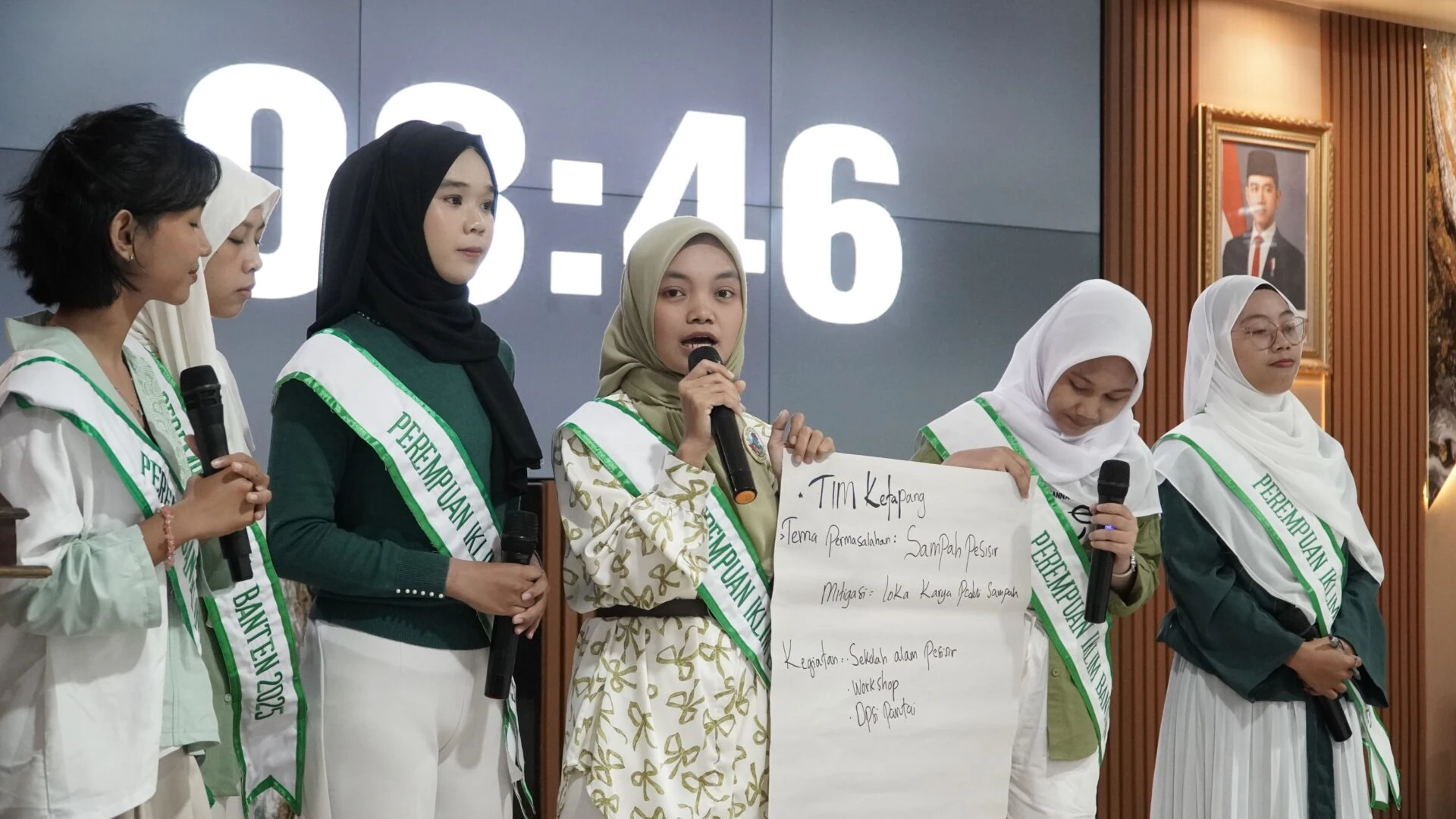
Indonesia’s economic growth rate in 2022 has cumulatively strengthened when compared to 2021, from 3.70% to 5.31%. In spatial terms, economic strengthening also occurred in Java, Sulawesi, Maluku, and Papua. Nevertheless, the poverty rate is still quite high. This was raised in a public discussion in the context of launching the Innovative Poverty Alleviation Model Development Program, on Thursday, March 16, 2023.
“According to the latest data from the Central Statistics Agency (BPS), the percentage of poor people in Indonesia per September 2022 was 9.57%. This was higher than the figure in March 2022 of 9.54%. This shows that economic growth does not necessarily guarantee the welfare of the community,” said Budiono Subambang, Director of Synchronization of Local Government Affairs (SUPD) III of the Directorate General of Regional Development of the Ministry of Home Affairs (Ditjen Bina Bangda Kemendagri) in his speech.
Through the program, PATTIRO, with the support of the Ford Foundation and the Directorate General of Bangda Kemendagri, will strengthen the Poverty Alleviation Coordination Team (TKPK) in several districts that are the locus of the program, as well as encourage the collaboration of multi-stakeholder forums. Hopefully, this initiative will encourage the implementation of effective, innovative, and inclusive poverty reduction programs.
The Head of Sub-Directorate of Social and Culture, Directorate General of Regional Development, Ministry of Home Affairs, Wahyu Suharto, explained that this program is process-oriented, which is to facilitate capacity building models in regional apparatus organizations (OPD) through collaboration, convergence, and partnerships, not in the realm of implementation such as providing direct assistance.
PATTIRO Executive Director, Bejo Untung, added that this program is not a new one separated from the programs previously run by the Regional Government. The government already has a commitment to poverty alleviation programs. Therefore, it is a reinforcement and a spark of innovation for the programs that have been implemented.
Several efforts have been made by the government to alleviate poverty, such as through improving skills and reducing expenditures of lower-middle class households, as well as optimizing the role of the private sector through corporate social responsibility (CSR) funding. However, there are still challenges that are often faced, including unsynchronized poverty data.
Data on the Targeting for the Acceleration of the Elimination of Extreme Poverty (P3KE) issued by the Coordinating Ministry for Human Development and Culture, for example, is still considered unsynchronized with the facts on the ground.
“We visited the community directly in 2017. Our real poverty rate was 3.32%, while the BPS estimate was 4.61%,” said the Deputy Regent of West Sumbawa, Fud Syaifuddin. In addition, Syaifuddin also added that there are still people who should receive program benefits but are not recorded so they do not receive these benefits.
Kemal Pasya, Head of the Research and Development Division of Bappeda Aceh, suggested that the Central Government verify the P3KE data. This is crucial because, based on experience in the field, he suspects that much of the data on the poor has departed from the existing data.
Kemal also shared the experience of the capacity building and employment program run in Aceh that has not been maximized. The implementation of this program in Aceh is constrained by the availability of assistants and limited APBD conditions. “Therefore, the implementation of this program in Aceh optimizes Village Funds (Dana Desa) and CSR Funds,” Kemal said. He also hopes that there is adequate support provided from the Central Government to the Local Government to support the programs that have been initiated by the local government.





